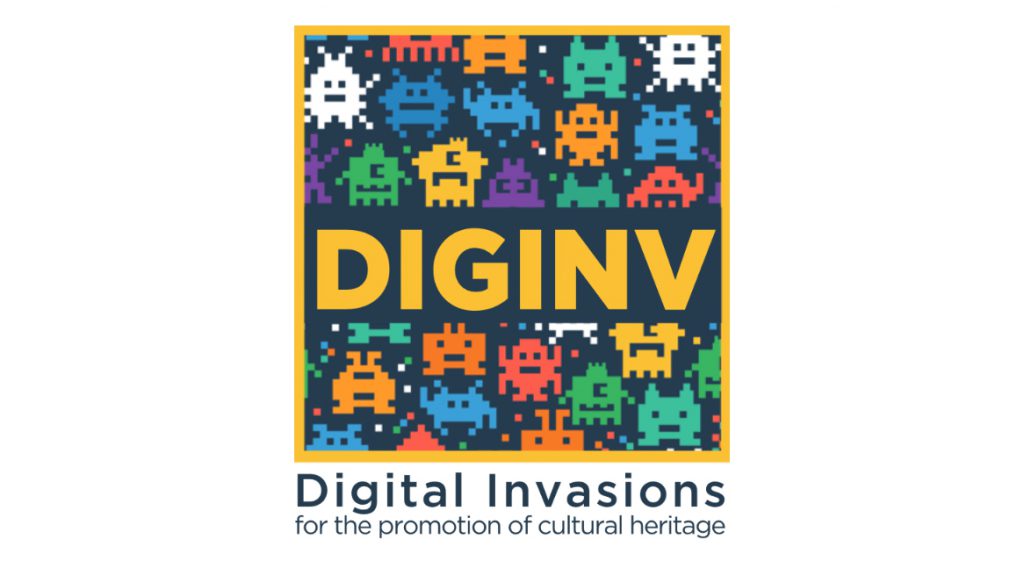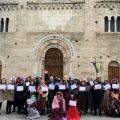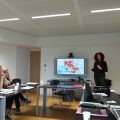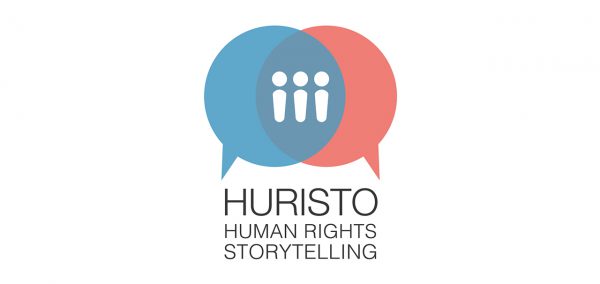
20 Sep DIGINV – Digital Invasions for the Promotion of Cultural Heritage
20 Sep, 2018
Facebook: @DIGINV
Twitter: @Diginv
Between 2007 and 2013, cultural participation has contracted in all European countries, where “low” level of participation went up from 30% to 34%. On the other hand, cultural heritage represents an extraordinary resource for growth: both from the point of view of cohesion and social inclusion, and as an economic and productive asset.
The concept of the DIGigital INVasions for the Promotion of Cultural Heritage (DIGINV) project was to valorize cultural interest and practices by engaging citizens, cultural institutions and using technology as a catalyst. In the end, citizens engage and experience culture in a new way.
The project scaled up the Digital Invasion methodology, which was developed in Italy. The methodology improved the digital and communication skills of cultural operators, helping them become promoters to and engage citizens in the valorization of cultural heritage. It also worked to improve the digital skills of citizens involved (from the youngest to the elderly) by using new technologies to promote and valorize a cultural point of interest.
ACTIVITIES
1) Training activities addressed to cultural operators that focused on the acquisition of digital, communicative and managerial skills. In this way they became promoters of the involvement of citizens in the enhancement of local cultural heritage, and on new techniques of audience development through the use of digital technologies.
2) Experimentation of the Digital Invasions in each project country: trained operators worked on the involvement of citizens in the promotion of local cultural heritage. Citizens were called to “invade” the most significant places in their cities, from a historical /artistic /cultural point of view: armed with smartphones, cameras and video cameras, they shared the experience to make their local cultural
heritage known through the web. Citizens participated in an “urban game”, useful to provide a different and collective vision of the cultural assets, giving them new life through the new communication technologies.
RESULTS
- Digital invasions in form of video mapping took place on following locations: 1) Larnaka, Cyprus – March 23, 2019; 2) Limassol, Cyprus – April 8, 2019; 2) Frenaros, Cyprus – every Wednesday and Thursday until June 19, 2019; 3) Csongrad, Hungary – July 24-26, 2019; 5) Szeged, Hungary – July 24-26, 2019; 6) Nicosia, Cyprus – October 19, 2019; 7) The Inquisitor’s palace, Malta – November 15, 2019; and 8) Bevagna, Italy – June 21-25, 2021.
- The digital invasions itself, allowed participants to learn the fundamental concepts in the field of digital communication, reducing the lack of digital skills among the participants. Digital invasions applied the principles of the digitalization of production systems, digital storytelling and web-marketing, to promote cultural heritage in order to make it more accessible and competitive at local and international level, enhancing the tangible and intangible cultural heritage itself and the participants’ development in a completely new way. The digital invasions were the holder of the good practice and of the strategic know-how necessary for its transfer to operators and abroad.
- The operators and partner organizations had new tools for community involvement in enhancing cultural heritage, as well as the consolidation of the dialogue with the local authorities. This dialogue, enhanced a common line of action at European level that was identified for the involvement of citizens in the promotion of cultural heritage.
PROJECT OUTPUT
- Reports based on the blended mobilities (digital invasion interventions) on how to apply the good practices on the involvement of civil society in the promotion and enhancement of cultural heritage in each country involved. The reports are not purely descriptive: on the contrary, they provide insights on the practical implementation of the activities, in order to make the experience in different contexts easily accessible and replicable.
TARGET GROUPS
1.Cultural operators who were involved in the training and organization of digital invasions:
- Operators of the tourist system (employees of the municipality and the main places of cultural interest, tourist guides, etc.);
- Educators;
- Digital facilitators;
- All those who performed an educational function within a company and who can carry out activities with the public.
2. New proactive actors/public in the dissemination of cultural heritage:
- Young people and disadvantaged adults;
- Seniors;
- Citizens of the places of invasions.
PARTNERS
- Municipality of Bevagna, Italy – Coordinator
- Invasioni Digitali, Italy
- CTK Rijeka, Croatia
- Cyprus Computer Society (CCS), Cyprus
- Malta Communications Authority (MCA), Malta
- Regional Telecottages Public Association of South Hungarian Plain (DTE), Hungary
- ALL DIGITAL, Belgium







